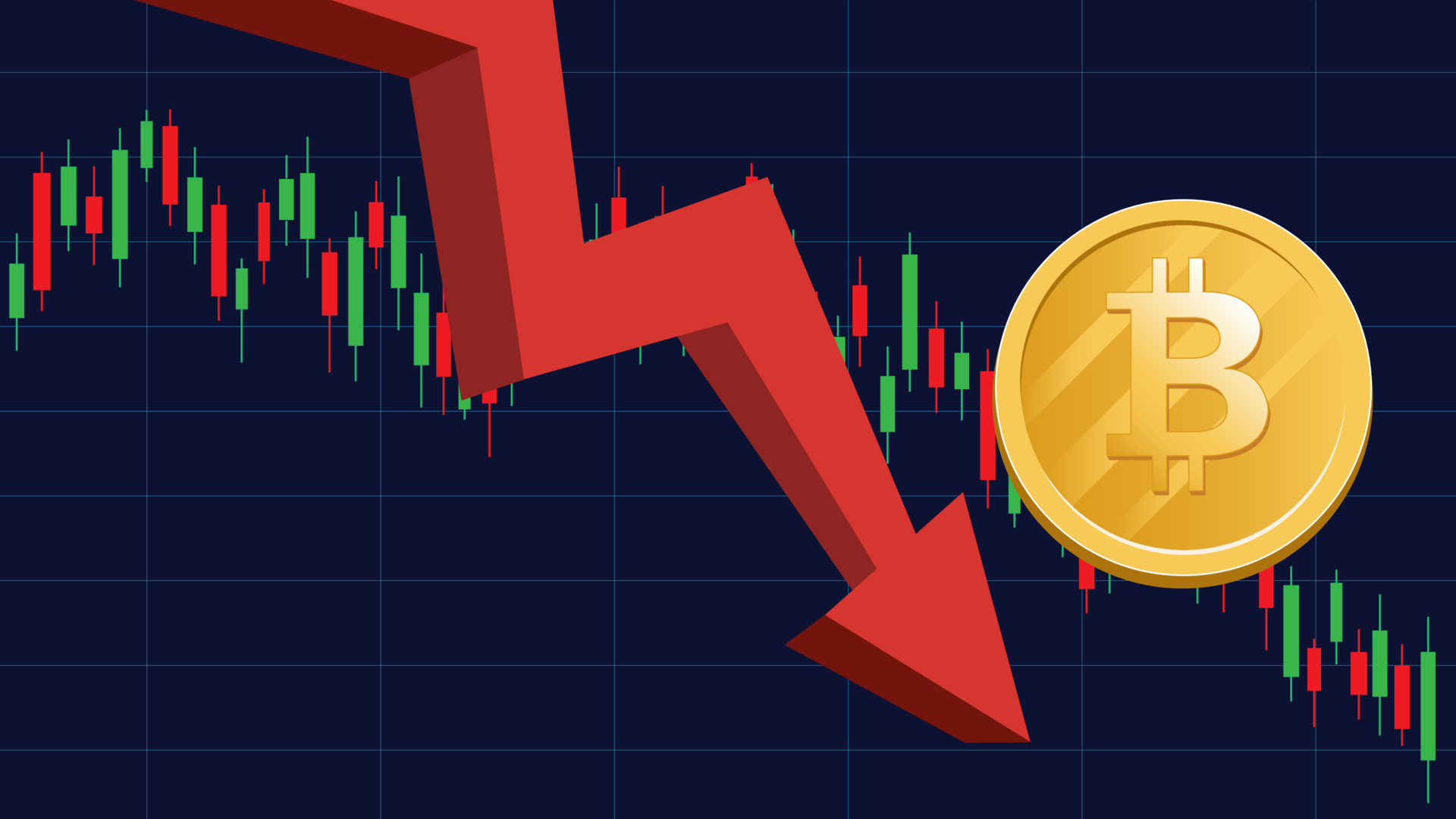
On February 3, Asian cryptocurrency stocks experienced significant declines, with Bitcoin plummeting to $91,163 — its lowest level in over three weeks — sparking a broad market sell-off across various altcoins.
In Japan, Metaplanet, often compared to MicroStrategy for its Bitcoin treasury policy, saw its shares fall 9.44% on the Tokyo Stock Exchange. Meanwhile, SBI Holdings, a major investor in crypto and blockchain technology, dropped 3.60%. In Hong Kong, notable declines were observed among leading publicly traded crypto firms; OSL Group fell 2.69%, and Boyaa, Asia’s largest corporate Bitcoin holder, lost 4.64%.
Market Reactions to Tariffs
The downturn in crypto stocks outpaced broader market indices, with Japan’s Nikkei 225 falling 2.66%, while Hong Kong’s Hang Seng index showed minimal movement, down just 0.04%. This market activity coincided with the first Asian trading session following the imposition of substantial tariffs by US President Donald Trump on goods from Mexico, Canada, and China, leading to promises of retaliation and heightened trade tensions.
The prospect of a deepening trade war has also impacted U.S. futures, which are pointing towards a challenging trading week ahead. Justin d’Anethan of Liquifi attributed the pronounced declines in crypto stocks to the dual pressures of potential trade war impacts on general markets and the specific downturn in cryptocurrencies.
Despite traditionally bullish trends around the Lunar New Year for cryptocurrencies, escalating trade war fears are threatening to disrupt this pattern, potentially ending Bitcoin’s decade-long streak of gains during this period.
Author’s Opinion
The recent downturn in Asian crypto markets amidst global trade tensions highlights the delicate balance between geopolitical events and cryptocurrency valuations. While cryptocurrencies are often touted as decentralized and borderless, they are not immune to the effects of international policy decisions. This scenario underscores the need for investors to remain vigilant and consider broader economic indicators alongside technological trends. The ongoing situation also calls for a nuanced understanding of market dynamics, where traditional finance and new digital asset classes intersect and influence each other. Moving forward, maintaining a diversified investment strategy and staying informed about global economic developments will be key for navigating these volatile markets.
Featured image credit: Faisal Faisal via Vecteezy
Follow us for more breaking news on DMR
